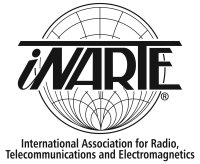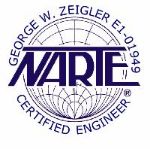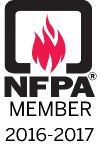SPGS ArcFlashPlus© Solutions
Complete Arc Flash Hazard Analysis
SPGS’ engineering staff can provide a complete arc flash hazard analysis, or supervise your team through the process. Using software, we can provide a large variety of services to help meet your arc flash needs:
- Show the step-by-step process to compliance
- Evaluate the needs of your facilities for arc flash hazard analysis
- Provide implementation support
- Review software needs, application training requirements
- Define the amount of engineering services required for your facilities’ compliance
- Evaluate various electrical system configurations and operating modes
- Determine arc flash protection boundaries
- Develop proper PPE requirements, work procedures, warning labels, and floor stripes
- Identify ways to manage PPE requirements, while avoiding costly productivity losses and safety risks due to over-specification of PPE
- Print high quality, weather-resistant vinyl warning labels
Our staff engineers can visit the site, gather information, perform the analysis, and if desired, provide training to plant engineers and electricians and help ensure ongoing compliance.
Our system study report includes the results of the analysis, recommendations, and a prioritized action plan. The report is provided to help ensure proper electrical equipment ratings and settings, PPE selection and electrical service efficiency.
Complete Short-Circuit Analysis
Short-circuit calculations are required to correctly apply equipment in accordance with NEC, and ANSI standards. Depending on the size and utility connection, the amount of detail required to perform these calculations can vary greatly. SPGS’ short-circuit analysis will include calculations performed in accordance with the latest ANSI standards.
Switches, fuses, and breakers that need to interrupt or close into a fault are of special concern. Cables and bus-work also have short-circuit withstand limitations, and a thorough study will examine non-interrupting equipment, as well as switches and breakers. Standards such as ANSI C37.010 and C37.13 outline the recognized calculation methods for these equipment-rating analyses.
Short-circuit calculations are required for the application and coordination of protective relays and the rating of equipment. All fault types can be simulated. SPGS’ short-circuit study provides a detailed report identifying breaker ratings, breaker fault duties, discussions, and recommendations for any deficiencies found.





